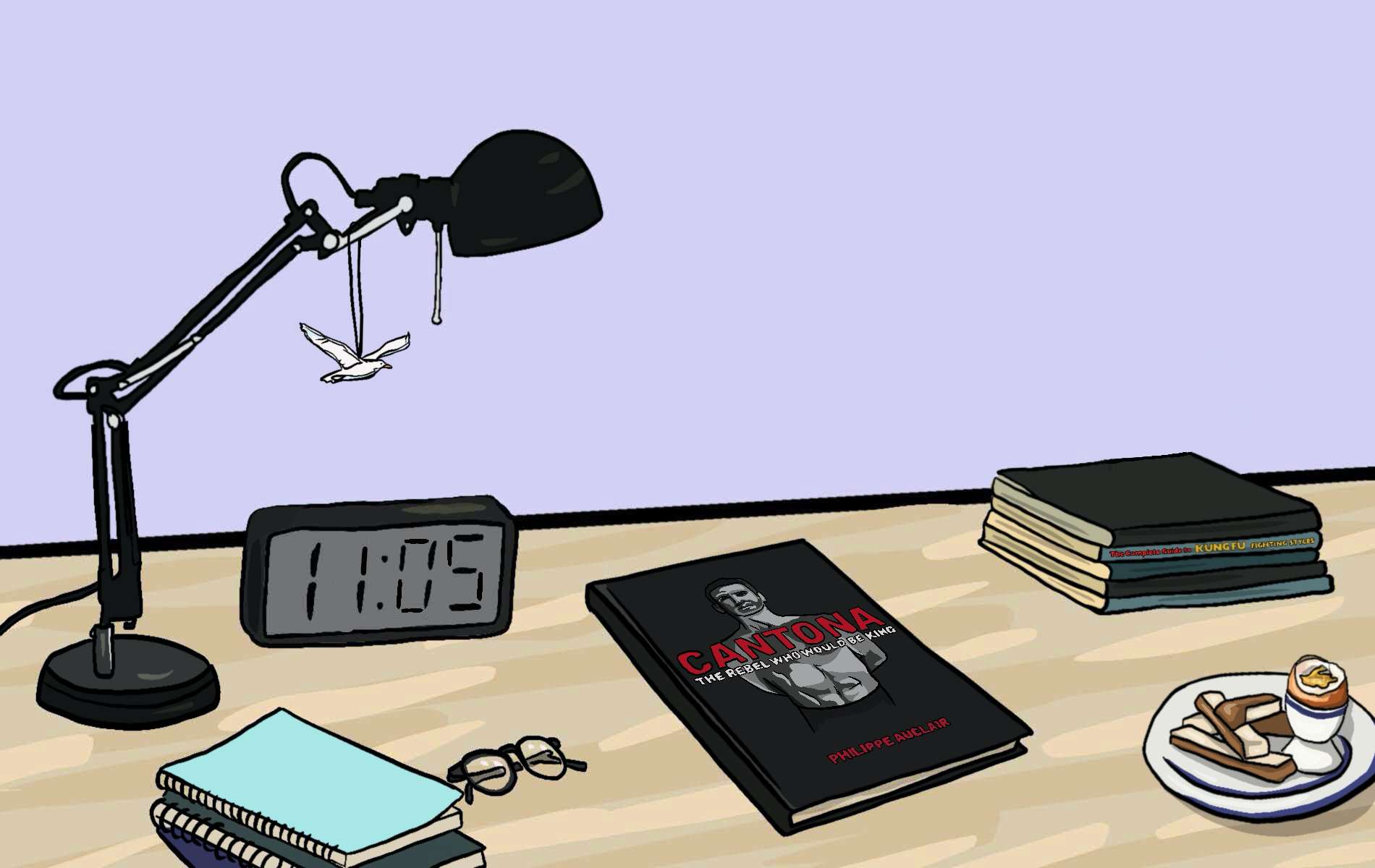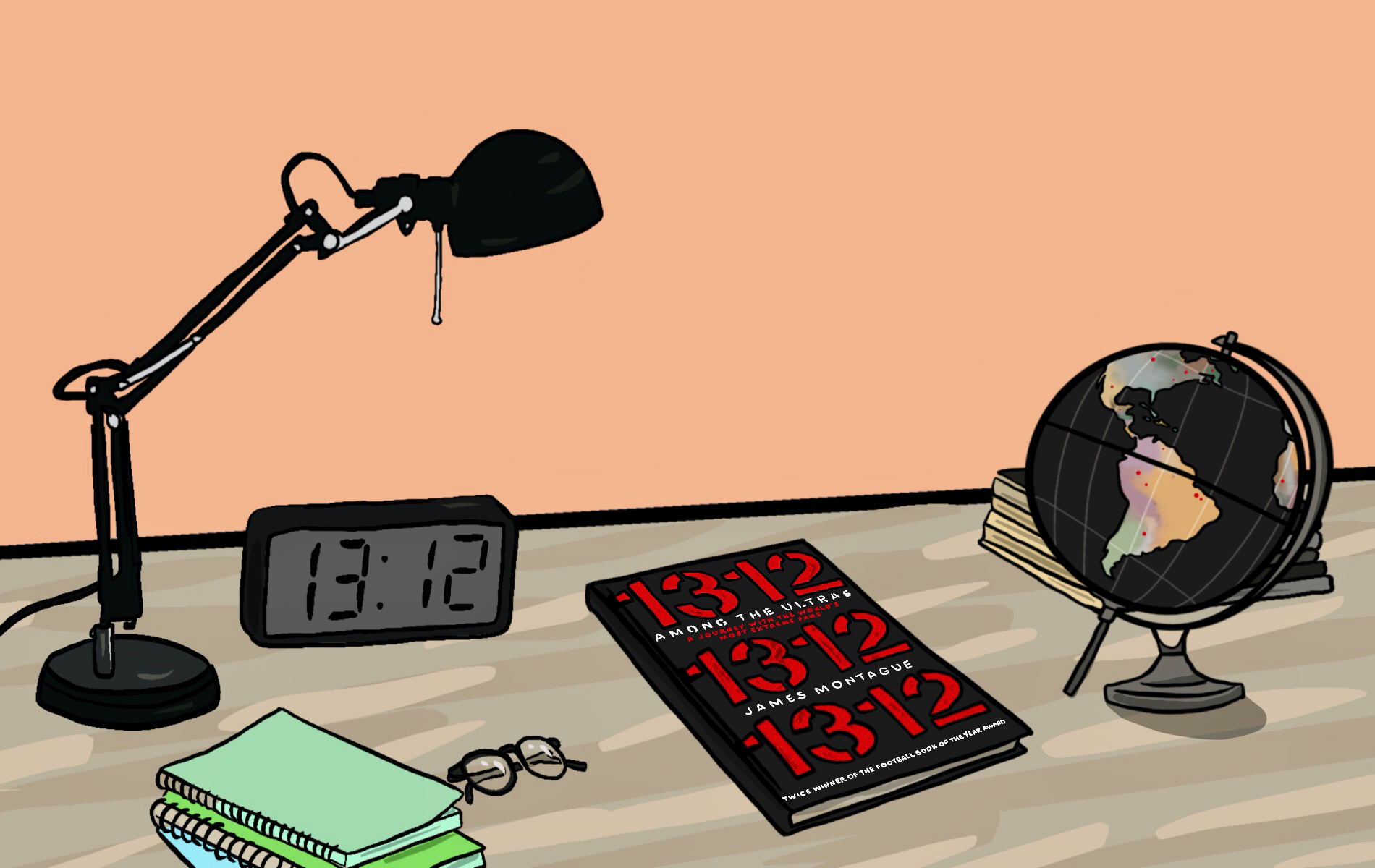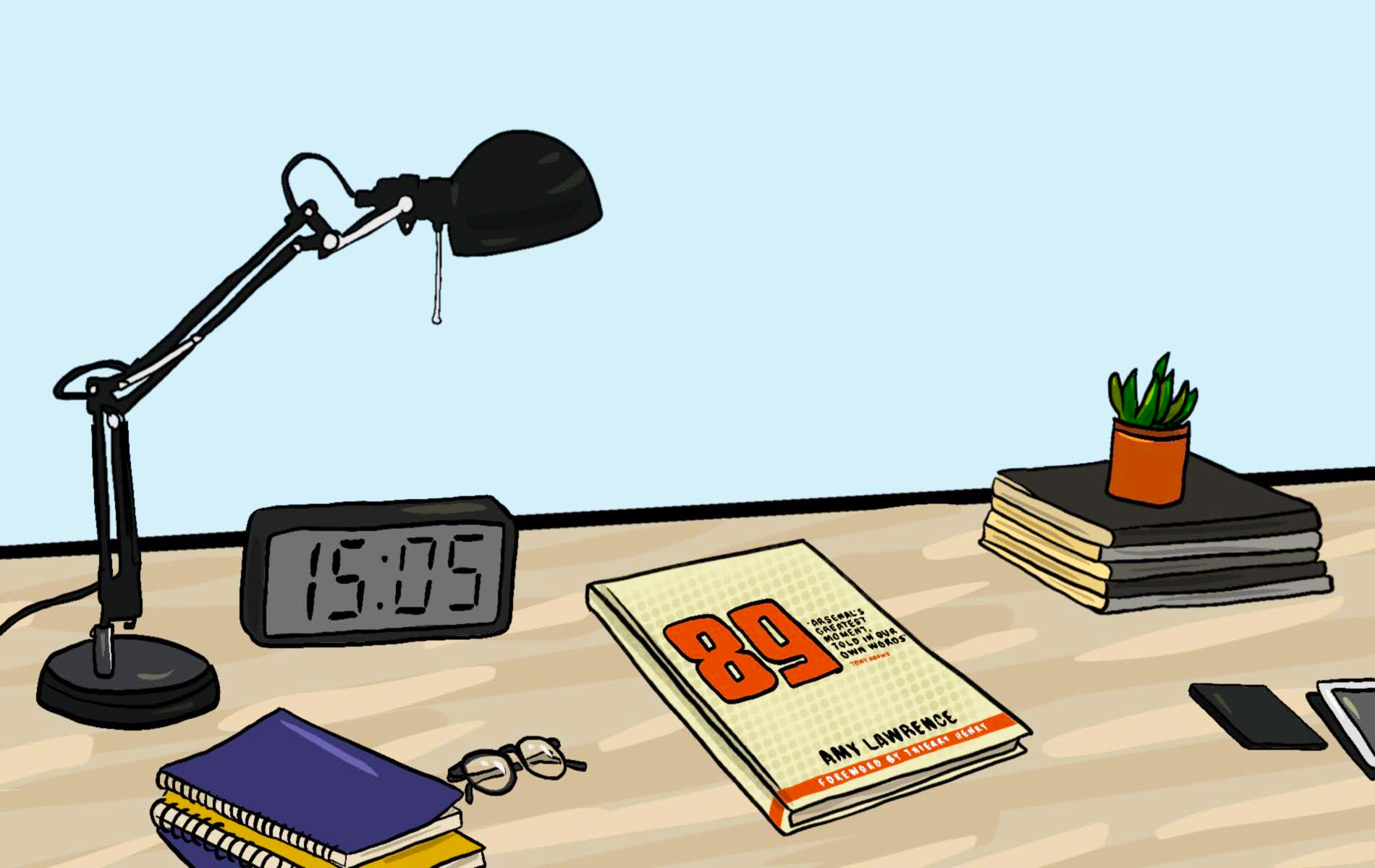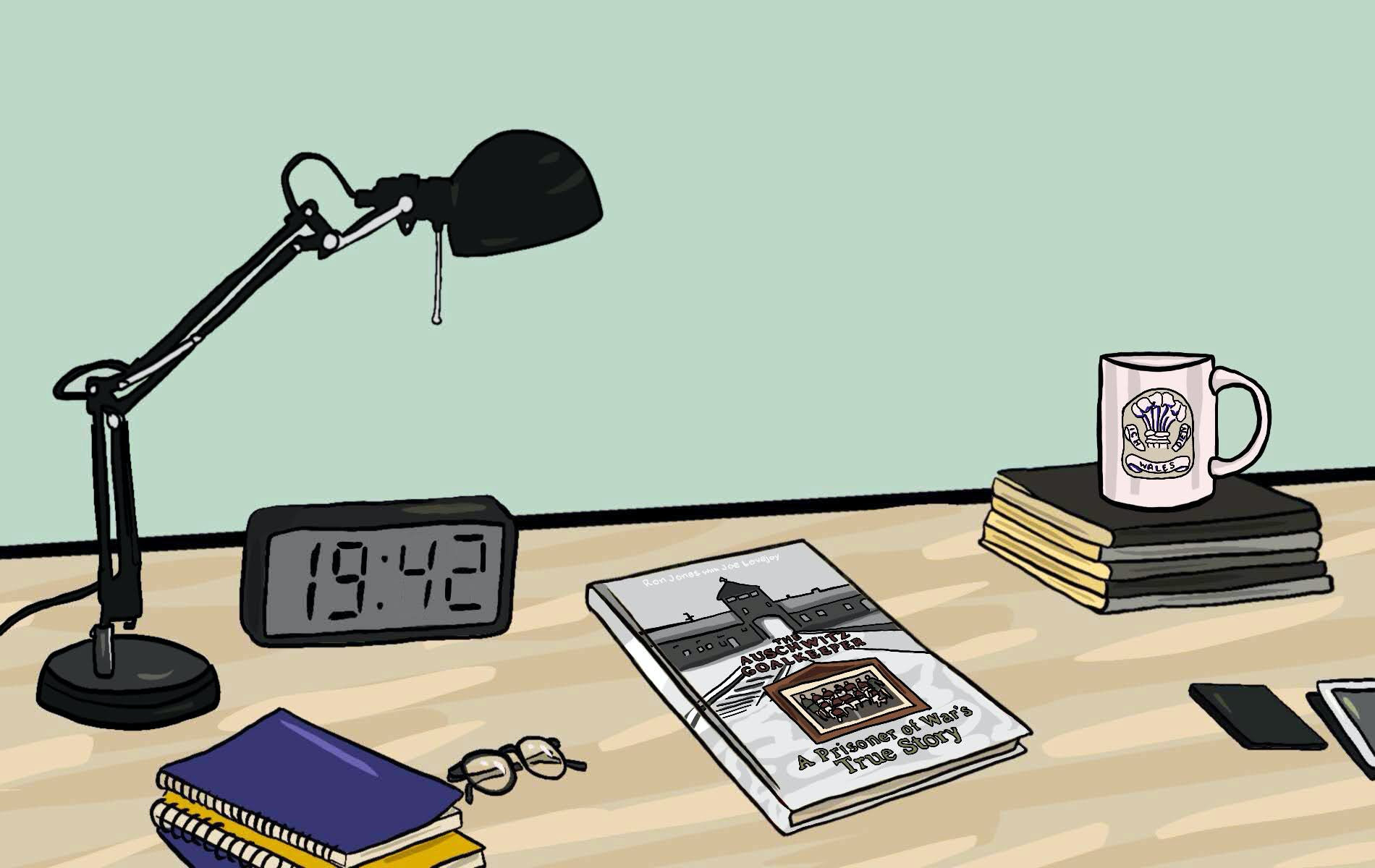Cantona: The Rebel Who Would Be King (2009) by Philippe Auclair
Who isn’t interested in Eric Cantona? Artist. Provocateur. Desperado. There is something enigmatic and charmingly insolent about his character that many have tried (and failed) to understand. In an attempt of my own to get to grips with one of the most controversial and celebrated icons in world football, I turned to Philippe Auclair’s ground-breaking biography that is beautifully titled Cantona: The Rebel Who Would Be King (2009).
Renaissance man Auclair, singer-songwriter and prolific freelance journalist on both sides of the channel, offers an unconventional narrative of Cantona’s life and career that will capture and hold the attention of anybody who is interested in exploring that “fine line” between immortality and catastrophic self-destruction. He reminds the reader at various parts of his narrative that Cantona’s own autobiography was heavily rushed, self-serving and, more importantly, factually incorrect. The same cannot be said for Auclair’s efforts. Although he never quite managed to interview Eric himself, Auclair interviewed over two hundred people in three years and watched countless hours of footage to build an all-embracing image and detailed narrative of Eric Cantona’s illustrious, yet short-lived, career.
Everybody is able to reference the infamous “kung-fu kick”, but this alone is one tidal wave in the ocean of tumult caused by King Eric.
From the beginning and throughout this book, Auclair is eager to make one thing clear: Eric Cantona’s retirement on 11 May 1997 was a death – more specifically a suicide. A strong, morbid metaphor that alludes to how Cantona turned down the chance to re-join the French squad at the ‘height of his powers’ in 1996. Although never truly admitted by Cantona himself, he chose not to be a part of the revolution that would lead to a World Cup for Aimé Jacquet’s French squad of 1998. Auclair elegantly interlaces the details of Eric’s career for club and country throughout. For me, this offered a perfect balance of nostalgic reminiscence and educational value.
The beginning of Eric’s tale naturally starts at his birthplace and home in Marseille. Descriptions of olive-bearing trees swaying in tomato-scented air are juxtaposed with details of a ‘poisoned city’ with near fifty percent unemployment, where firefighters hesitate to answer calls in fear of their safety in certain areas. Cantona’s home, idyllic in many ways, was built on a rocky terrain situated halfway up and into the mountains. I found this suitably apt considering Cantona’s nomadic lifestyle combined with his somewhat troglodytic appearance and behaviour.
Cantona played for six French clubs (three of these were on loan) and although plenty of childhood hours were spent watching Olympique de Marseille at the Stade-Véladrome, it was at AJ Auxerre that Eric chose to begin his footballing career. He chose Auxerre over OGC Nice in true Cantona fashion – the latter being the logical geographical choice. However, at fifteen years of age Eric decided to travel six hundred kilometres away from his family. It was here that he was introduced to one of two true father figures and mentors that shaped him as both a player and as a man: Guy Roux.
It is Auclair’s interviews with Guy Roux that capture the essence of what it must have involved trying to manage and curb Eric Cantona’s inability to rein in his self-destructive impulses. Eric challenged his traditionalist manager’s patience from early on, when he shaved his head ‘to feel the freshness of the water, the power of the wind’, however, both Auclair and Roux merrily conclude that this was one of many early acts of rebellion. Tales of Roux’s bald-headed teenager do not stop there. Roux proceeds to describe how a young Eric was ‘afraid of nothing’. He recounts a tale that involved his side playing against Cournon-Le Cendre. Eric was hacked down and reacted badly, which led to ten of the opposition players waiting for him outside the dressing room. Guy Roux explains ‘Canto gets out – he sees them – he doesn’t wait. He swings his bag around and catches one of the guys on the head – out for the count – he punches a couple of others, throws the bag, and starts kicking them’. Young, strong and fearless was Eric Cantona. However, knowing what happened between Eric Cantona and Crystal Palace fan Matthew Simmons at Selhurst Park in 1995, one may argue that deep-rooted vulnerabilities were apparent in the French striker.
There is always an echo reminding the reader of the events that took place at Selhurst Park throughout the chronology of Auclair’s narrative. The biography creates a rising tension throughout, carefully building to one of the most climactic moments in English football’s history. Everybody is able to reference the infamous “kung-fu kick”, but this alone is one tidal wave in the ocean of tumult caused by King Eric. Auclair takes the reader through ‘The Vagabond’ years and offers fascinating perspective on other moments of madness. Such moments include: spitting at a Soviet referee, trying to fight Polish fans in the stands (yes!), throwing his Marseille shirt onto the pitch after an ugly spell with his hometown club, and calling Henri Michel ‘a bag of shit’ on national television (a comment that saw him banned from international football for a year, not returning until Michel Platini took over as Les Blues coach). It is an understatement to say that, rightly or wrongly, Cantona was not afraid to speak his mind. Whilst it was fascinating to learn how the likes of Guy Roux and Alex Ferguson managed the ‘unmanageable’, I found it was equally entertaining learning of how others, most notably Howard Wilkinson and Raymond Goethals, failed miserably. According to Auclair, ‘Goethals mocked him; Tapie [owner of Olympique Marseille] suggested he should be sent to a psychiatric hospital’. Cantona considered his superiors at Marseille to be ‘demons’ and swiftly moved to his final club in France, Nîmes Olympique. It was at Nîmes that Cantona was made an example of by French football authorities by throwing a football at the referee after a run of decisions that went against him. This led to what Auclair calls ‘the first suicide attempt’: Eric Cantona announced his first retirement from football.
Luckily for Manchester United, Eric was convinced not to hang up his boots too early and, after pondering a move to Japan, found himself at Sheffield Wednesday football club. Cantona never actually played for Sheffield Wednesday, as his own pride and ego stood in the way of a trial. Instead, Cantona signed for Howard Wilkinson’s Leeds United and England saw the birth of ‘Cantona Fever’. Auclair explains how the fervour was so widespread that a young Sociology PhD student from the University of Salford published a paper titled: ‘The Problem of Identity and the Cult of Eric Cantona’. The Leeds United fans adored and hated Cantona in equal measure when he left to join bitter rivals Manchester United.
Garrulous with some and a misanthrope with others, it was Eric’s mysterious nature that propelled him to superstardom. He can be considered the first French footballer to gain celebrity status. In fact, French football at the time prohibited individual sponsorship deals. Without Cantona’s move to England, the Nike deal would not have happened, which very much shaped his image. Nike played heavily on Cantona’s enigmatic character. A footballer who was interested in art, for instance, was unheard of. Auclair’s book is full of poetic quotes from Eric; especially on the topic of art, which Cantona appears to liken himself to. I can’t argue too much. There are moments in Cantona’s career where his goals and movement are as beautiful as The Painter of Sunflowers, yet the uglier side of his temperament reminds me more of the severed, twitching ear in the post. Yes, there were times of handsome eloquence: ‘My dream was to live in the world of creation’ and times of unsubtle crudeness: ‘I piss on your arses’. There is certainly something “Jekyll and Hyde” about Eric Cantona’s dual nature. Amusingly, one of his top three favourite books is Oscar Wilde’s The Picture of Dorian Gray (1890) – A story of one beautiful, innocent young man’s seduction, moral corruption, and eventual downfall.
I am honest when I say that I don’t think anybody else could have written this biography. Who else other than Auclair could compare Eric’s assault at Crystal Palace to the Budapest Uprising of 1956? Naturally, it is this moment that serves as the climax of the story. While most of the country vilified Cantona for his behaviour that day, Auclair reminds us that Matthew Simmons was hardly a desirable individual himself. It was bizarre to find out that Simmons was a qualified referee, but not surprising to learn that he was also a BNP and National Front sympathiser. Nevertheless, Eric’s actions called for a public execution like no other. He was subsequently made an example of by the FA and the British Press, perhaps making his short-lived resurrection all the more impressive.
The thing I loved most whilst reading The Rebel Who Would Be King was revisiting Eric’s best goals with a heightened sense of adulation and nostalgia. Auclair recaptures and recreates moments for the reader like no other football book out there. I’m sure that I’m not alone in holding Cantona’s goal against Sunderland up there amongst my favourites of all time, but, as Auclair quite rightly says, ‘the celebration was almost as memorable as the goal’. Misdemeanours aside, that is how I will always remember Eric Cantona: collar up, back straightened and chest puffed out. A man who could take on the world. A daring vagabond who won four Premier League titles in five years and two League and FA Cup Doubles. Did he leave us too early? Auclair certainly weighs this up carefully. Either way he poignantly states ‘the ghost of Eric Cantona will haunt us for some time to come’.



